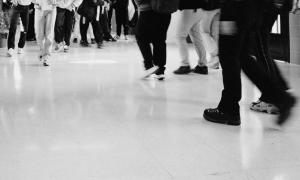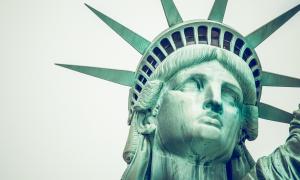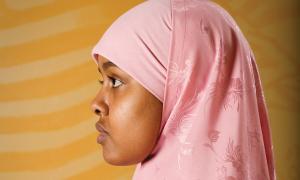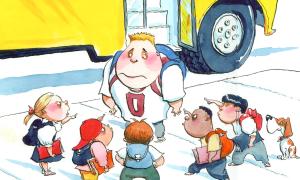the moment
Nobody’s Free Until Everybody’s Free
“Democracy is not a state. It is not some high plateau that we struggle to reach so we can finally settle down to rest. Democracy is an act. It is an act that requires participation, organization and dedication to the highest principles. It is an act, and a series of actions that require us to continuously verify our commitment to civil rights and social justice at every challenge.”
— Rep. John Lewis
- What Are the Values of Democracy?
- Fannie Lou Hamer
- Freedom Summer and Today’s Election Process



